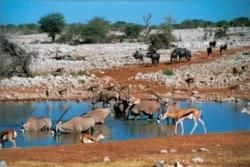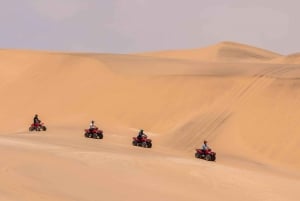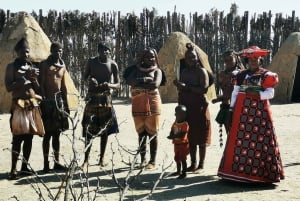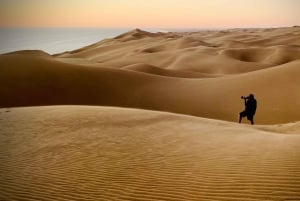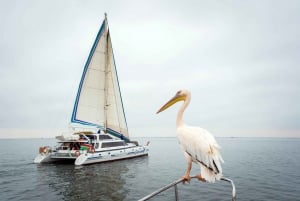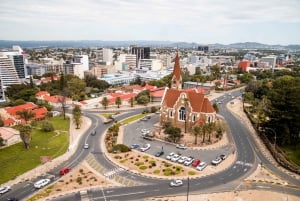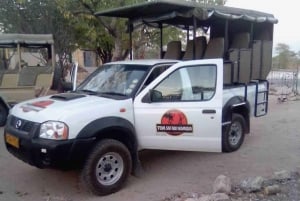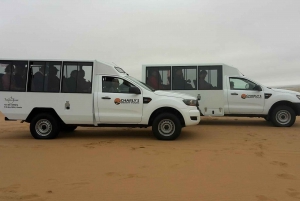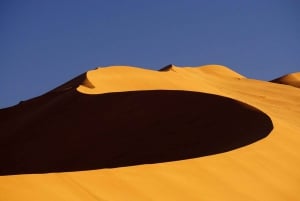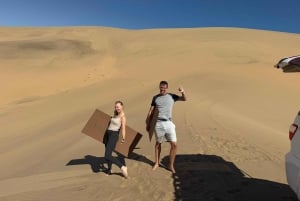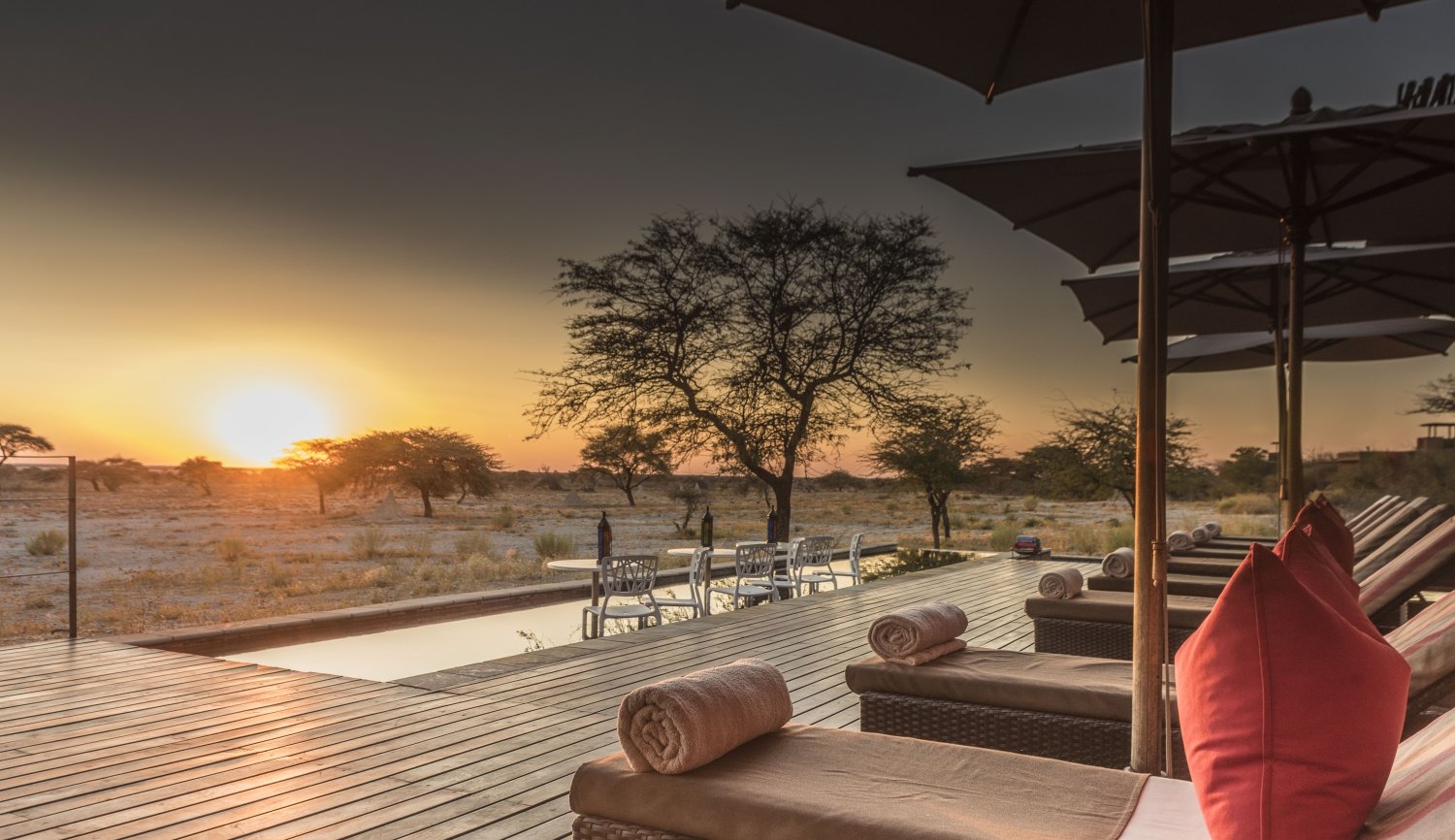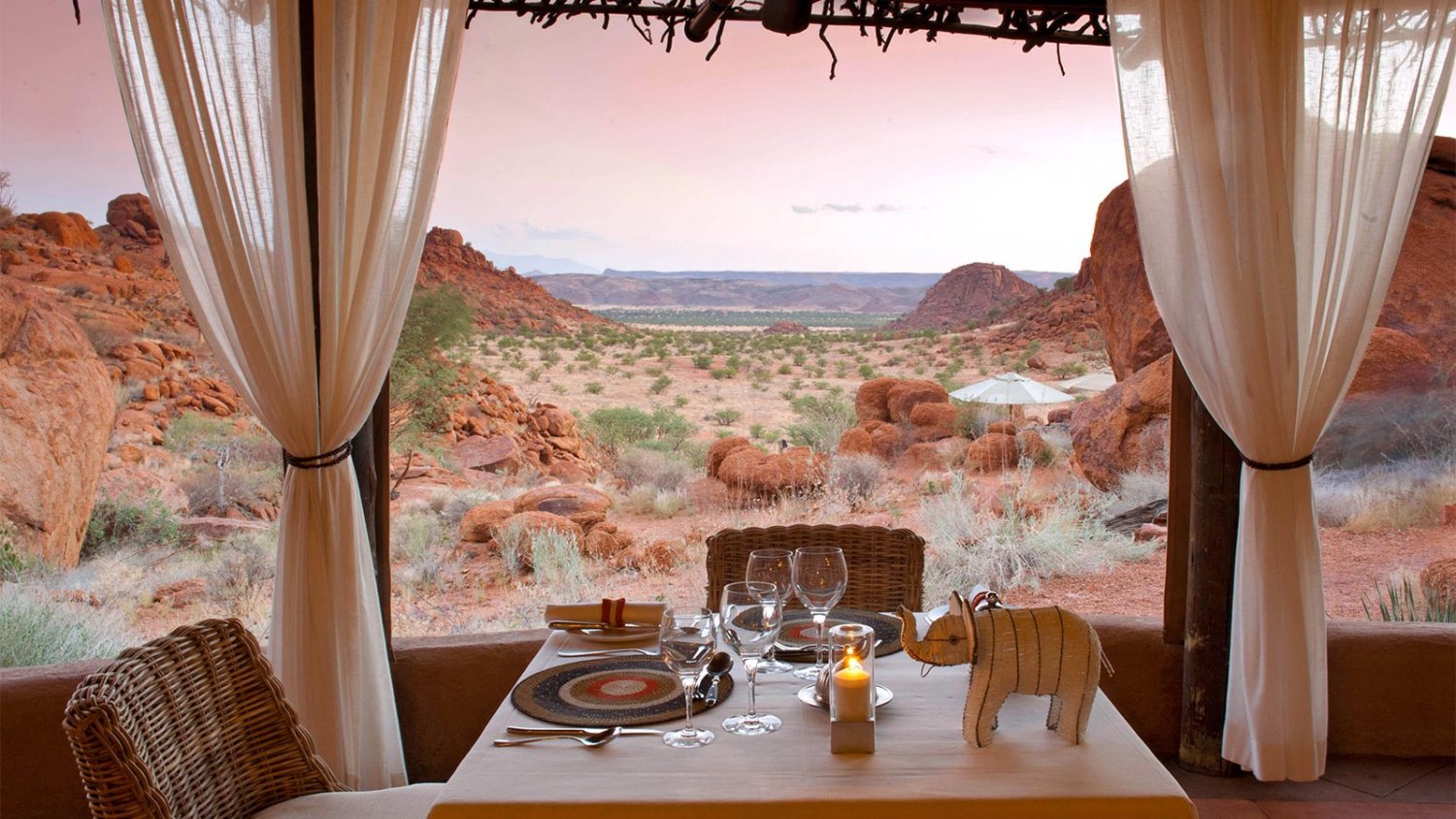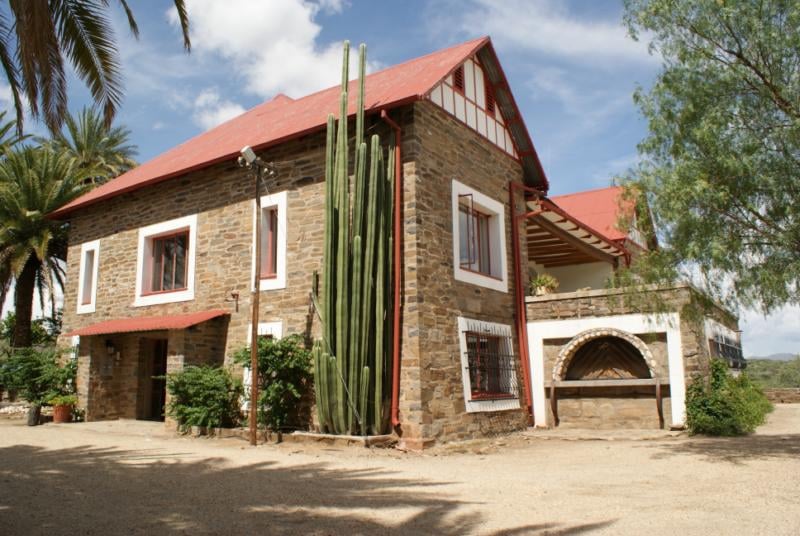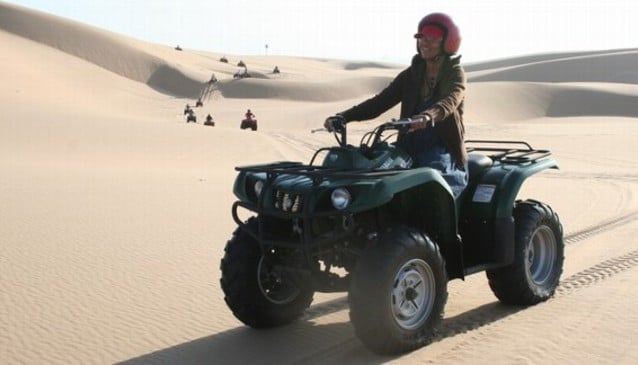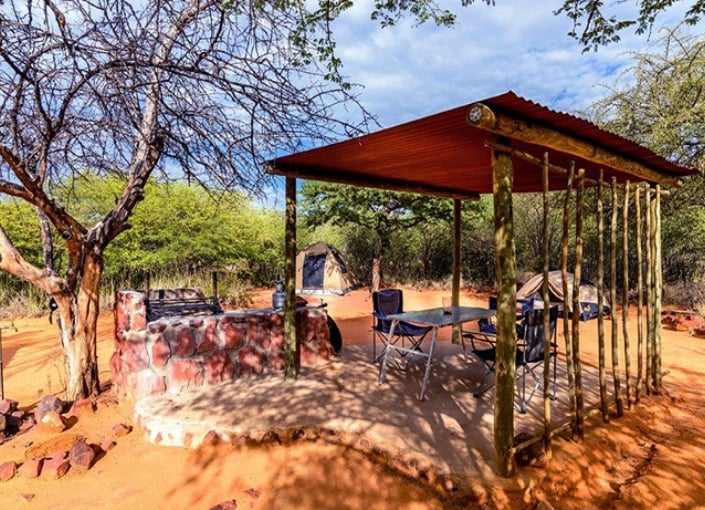Etosha Area
The Etosha National Park is probably one of Southern Africa’s most well known and frequently visited parks. It stretches over an area of 22,270km² and combines an incredible 31 different vegetation zones. Originally about 100,000km² in size when proclaimed in 1907, it was the largest reserve in the world. However, due to political constraints, the park was reduced in the 1960s to its current size. The name Etosha means "place of dry water" and relates to the enormous white mineral pan dominating 25% of the park. According to San legend, the pan is the result of a woman’s endless tears when her village was burned down and everyone but the womenfolk killed. She sat under a tree and cried until her tears formed the massive lake. When they dried up, the pan remained a silent witness to her suffering. An incredible wealth of wildlife, birdlife and flora can be surveyed in the park, it houses all except for buffalo. Elephant, lion and the rare endangered black rhino are high on any visitor’s checklist. The park allows for easy access and provides a wealth of game viewing opportunities at its many waterholes. The roads are kept in good condition and also support 2 wheel drive vehicles. The dry pans and lakes attract thousands of birds when they fill up during the rainy season, including flamingoes who taint the surrounding areas with shades of white and pink as thousands of them prepare for the breeding season. The park also provides visitors the luxury of 3 rest camps, fuel stations, shops and restaurants. Four gates allow access into the park, but be sure to take note of the opening and closing times due to the speed limit within its borders. Along the edges of Etosha one can find many luxurious accommodation establishments, some of which offer their own game drives and treasure chests of abundant wildlife and true African bush scenery.
Read more …
Towns
What to see


